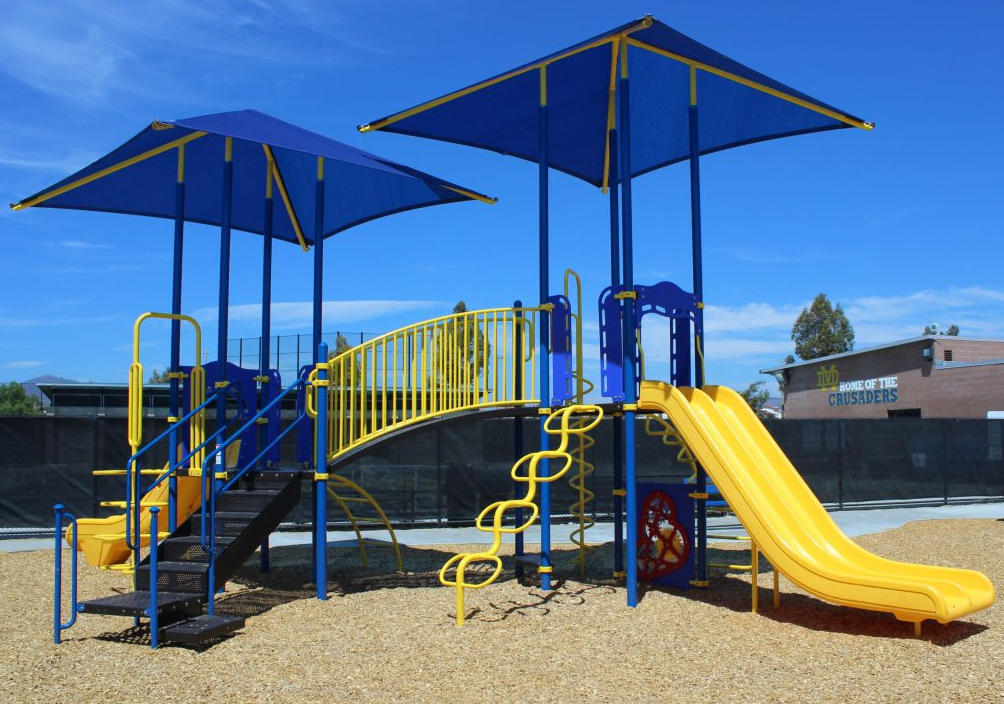Initial Investment vs. Long-Term Savings
One of the most compelling arguments for the cost-effectiveness of outdoor fitness equipment is the balance between its initial investment and long-term savings. While the upfront cost of high-quality outdoor gym equipment can range between $3,000 to $10,000 per piece, the durability and minimal maintenance required make it a financially sound choice over time. Compared to indoor gym equipment, which often features electronic components that require regular updates and repairs, outdoor equipment is designed to withstand harsh weather conditions with minimal upkeep.
Health Benefits and Public Use
Investing in outdoor fitness equipment extends beyond individual gains; it enhances community health and well-being. Cities that integrate these fitness stations in public parks often see increased usage rates, with studies indicating that accessible outdoor gyms significantly boost regular physical activity among community members. The reduction in healthcare costs associated with increased physical activity can be substantial. For example, a study by the Centers for Disease Control and Prevention suggests that if one-third of adults engaged in regular physical activity, healthcare savings could exceed $77 billion annually.

Environmental Impact and Sustainability
Another dimension of cost-effectiveness is the environmental impact. Outdoor fitness equipment often uses durable materials like galvanized steel and recycled plastics, which are not only long-lasting but also promote a sustainable model of production and consumption. The production process for this equipment typically consumes less energy compared to that of indoor gym equipment, further enhancing its cost-effectiveness from an environmental perspective.
Challenges and Considerations
Despite the clear benefits, there are challenges to consider. The initial cost can be a barrier for smaller communities or individual entities looking to install multiple pieces of equipment. Additionally, the placement and security of the equipment must be strategically planned to prevent vandalism and ensure longevity, potentially adding to the initial cost.
In conclusion, the adoption of outdoor fitness equipment is a financially viable and environmentally responsible decision. With its long-term durability and low maintenance costs, coupled with the benefits of increased public health and reduced environmental impact, it is clear that this investment pays off significantly over time. As more communities and individuals recognize these benefits, the presence of outdoor gyms is likely to become a staple in public and private spaces alike.